MTM Wrap (10/5/25)
61 days to go until The 2025 Trekzone Fan Film Awards are here, and we have reached an important milestone plus more news and thoughts. MTM Wrap (10/5/25)
61 days to go until The 2025 Trekzone Fan Film Awards are here, and we have reached an important milestone plus more news and thoughts. MTM Wrap (10/5/25)
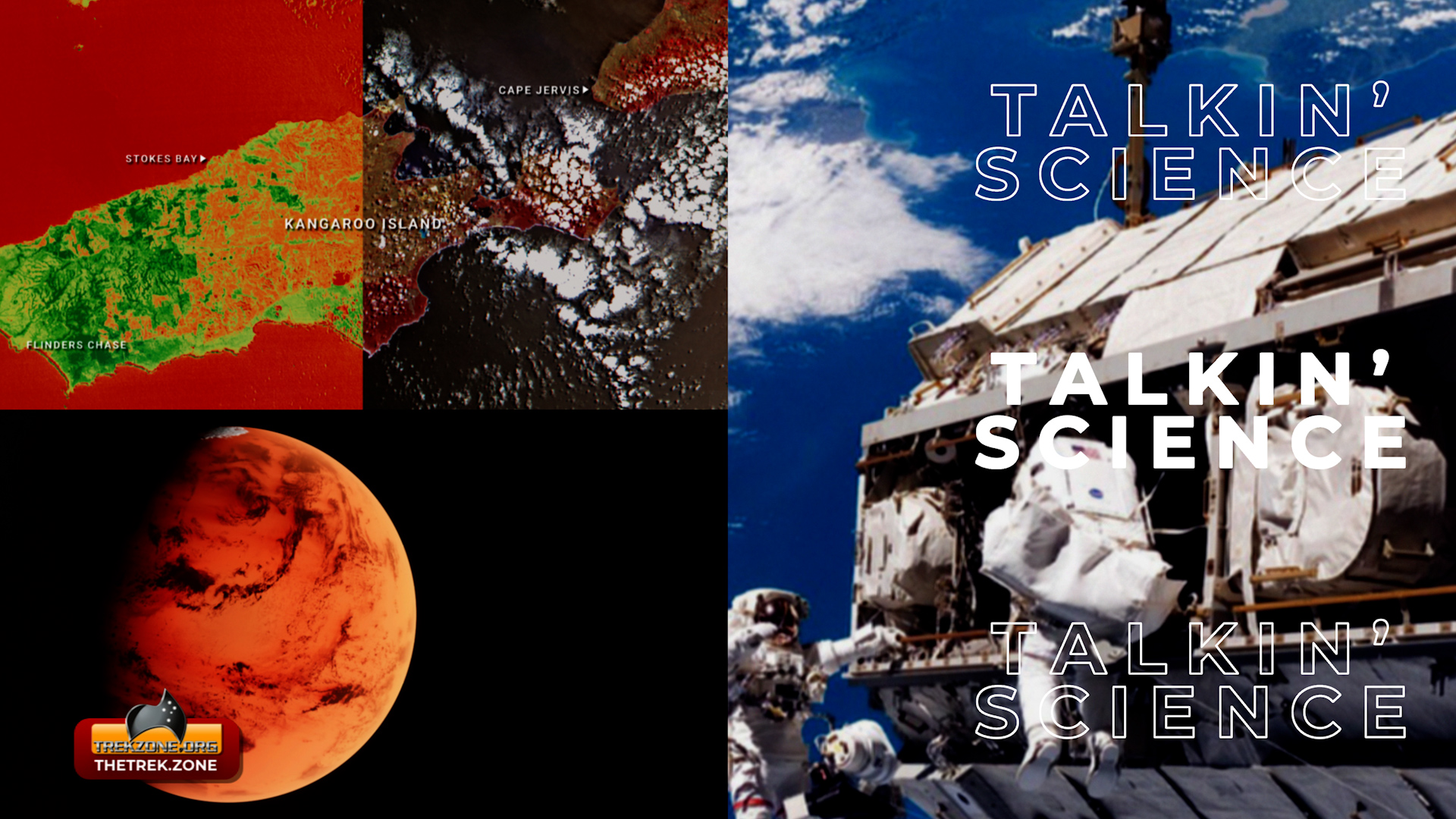
It’s the end of the third week of March 2025. Here’s the science and space headlines from the week that was… Kanyini phones home, shows us the awesome power of
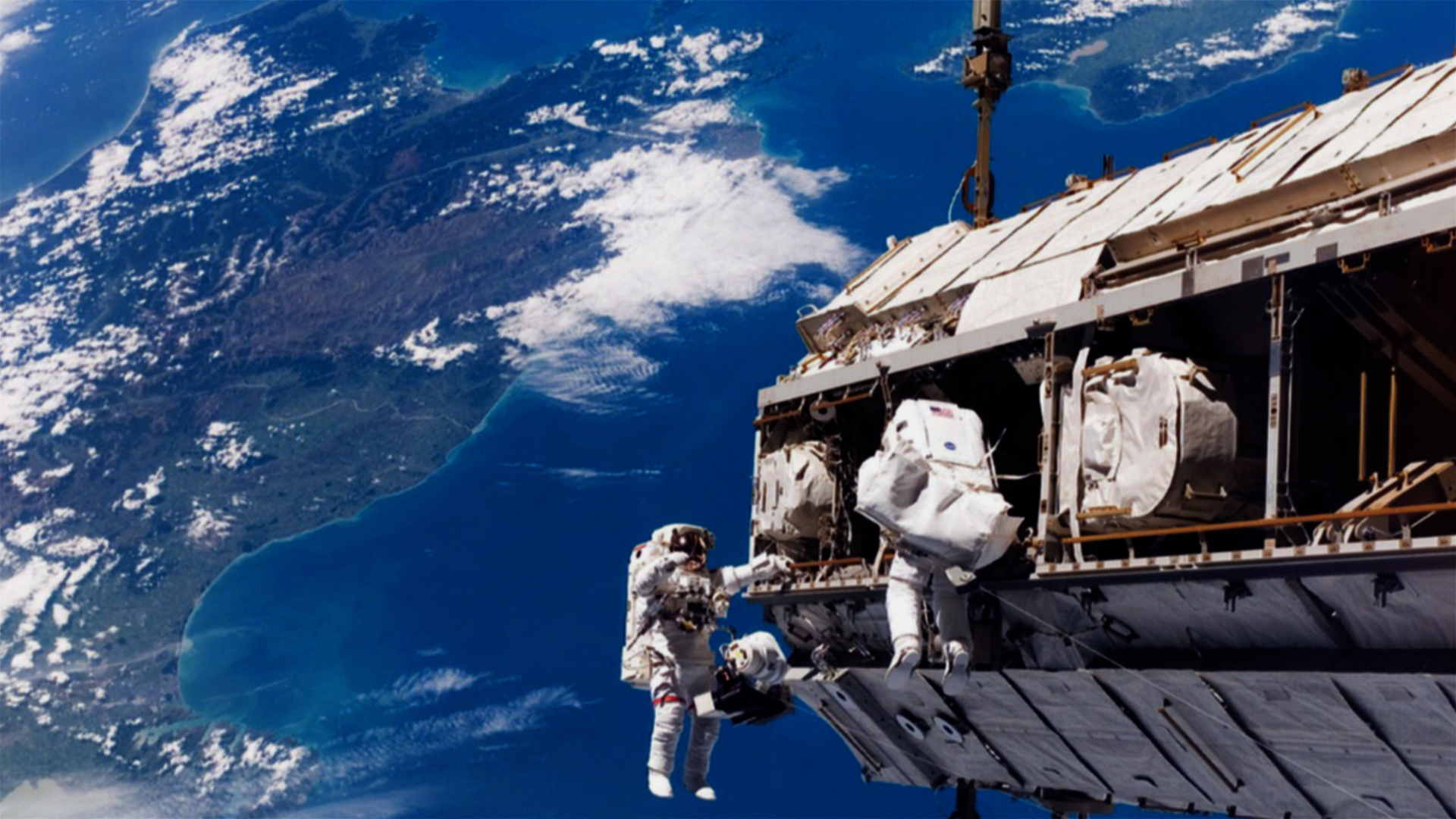
Astronauts often experience immune dysfunction, skin rashes, and other inflammatory conditions while travelling in space, and international researchers believe these issues are likely due to the overly sterile nature of the International Space Station.
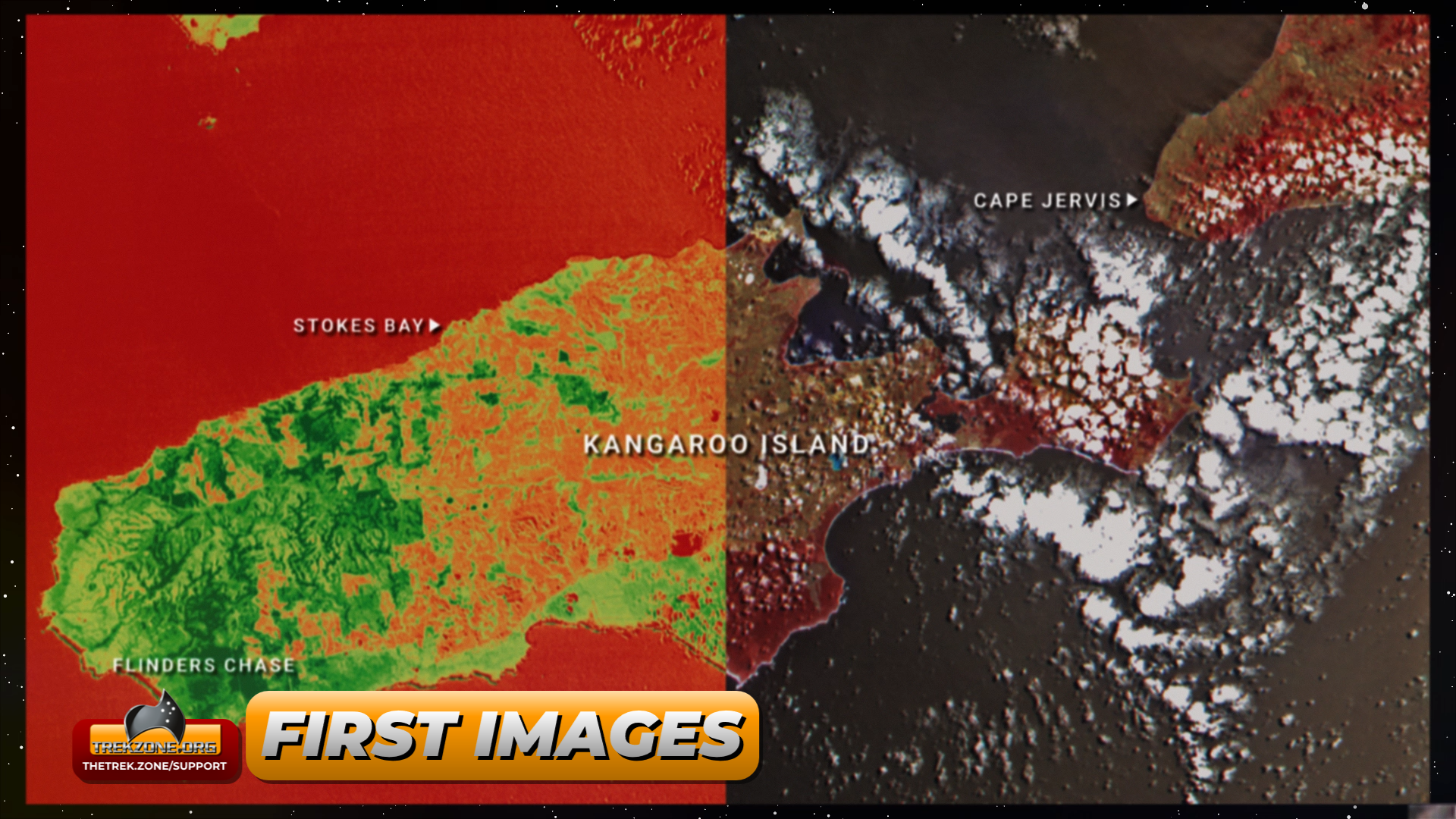
Australia’s first state government funded satellite, Kanyini, has delivered its first images from space, marking a significant milestone for the space mission. Mission Director Peter Nikoloff is back on the
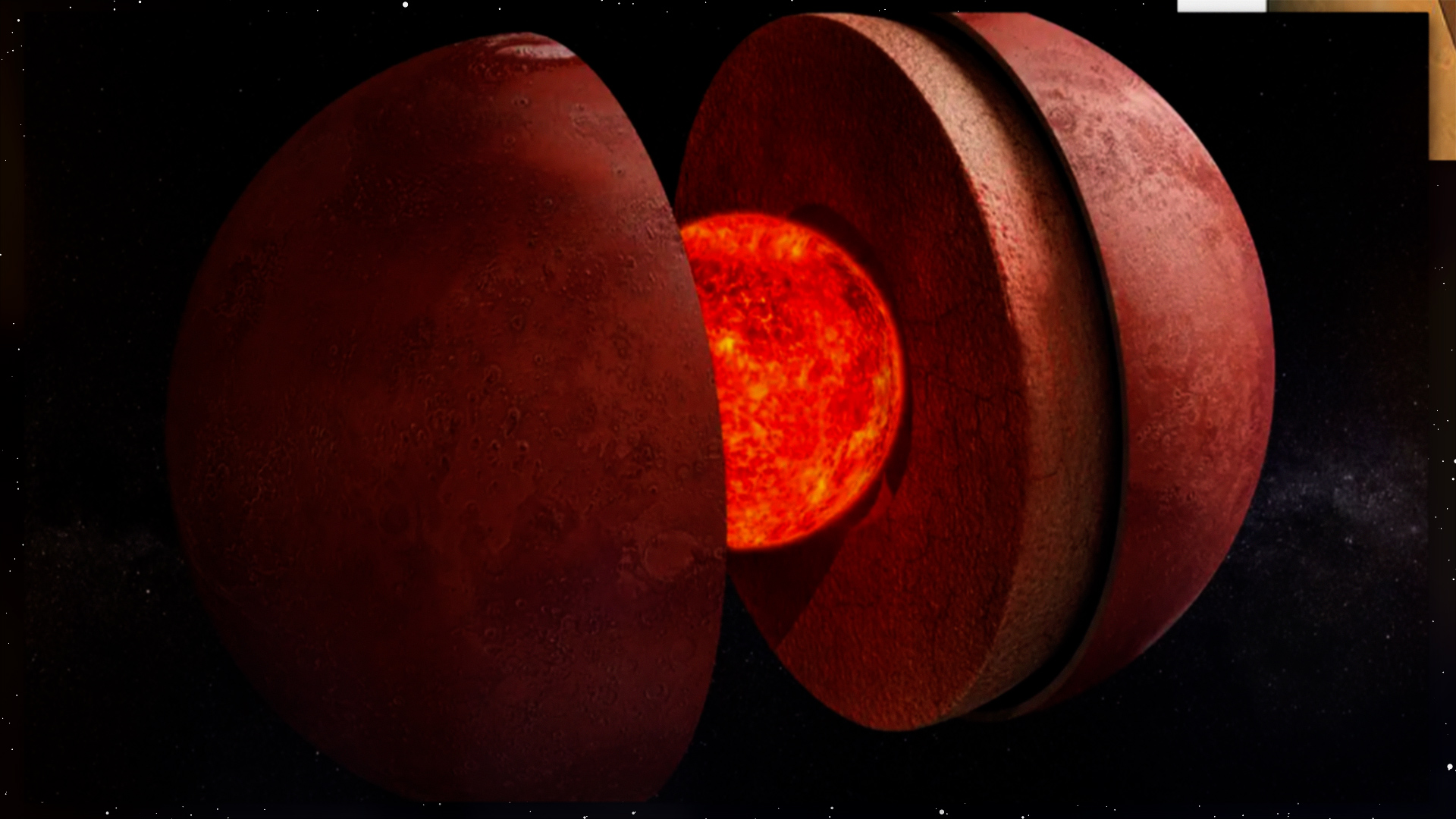
Data from NASA’s InSight mission suggest Mars has a liquid core similar to Earth’s, but European scientists say the core may be solid, at least below a certain temperature.
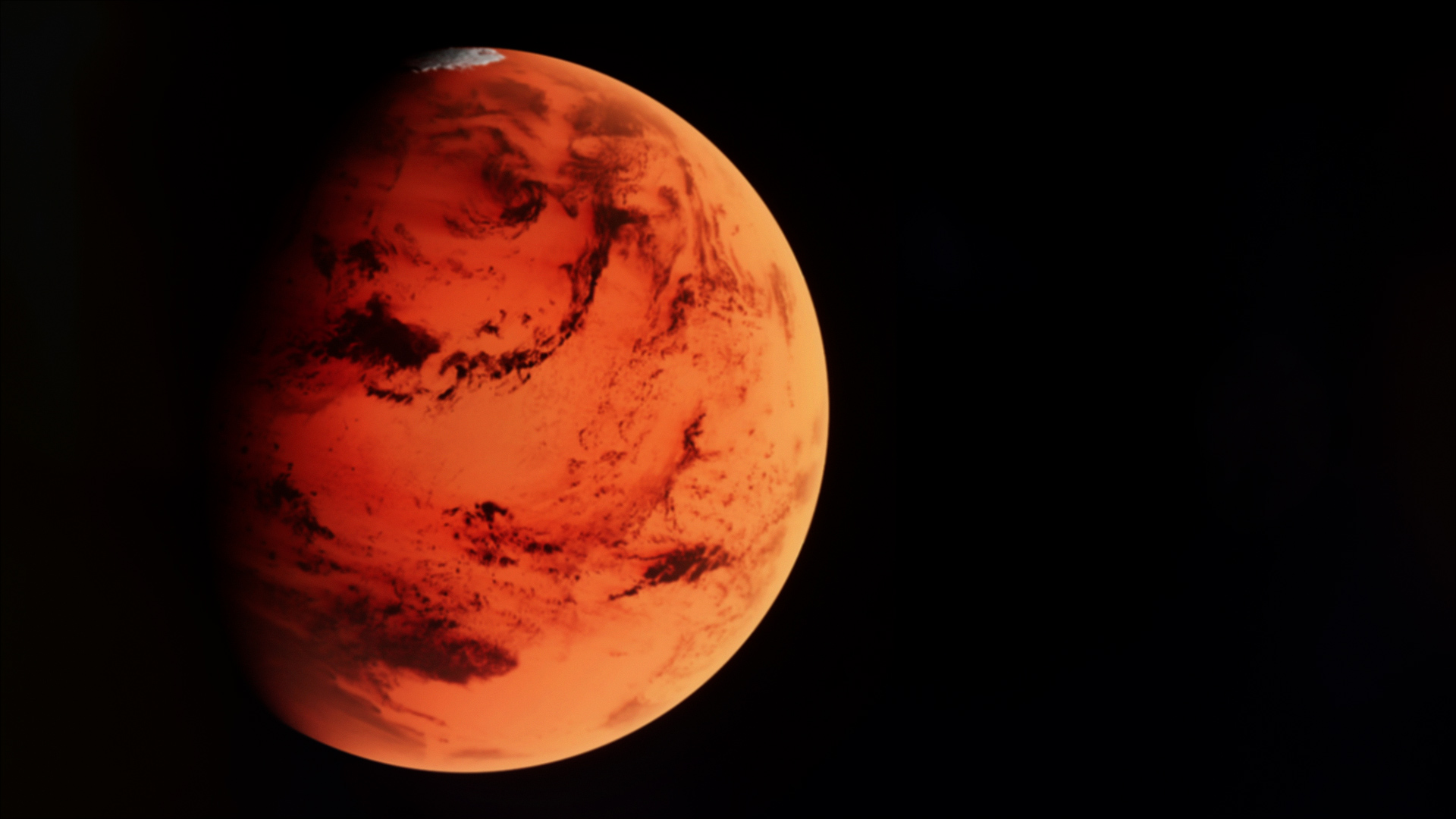
Scientists have successfully used lasers to identify microbe fossils in rocks from Earth, which are like the rocks found on Mars, opening up the possibility of searching for fossils on the Red Planet.
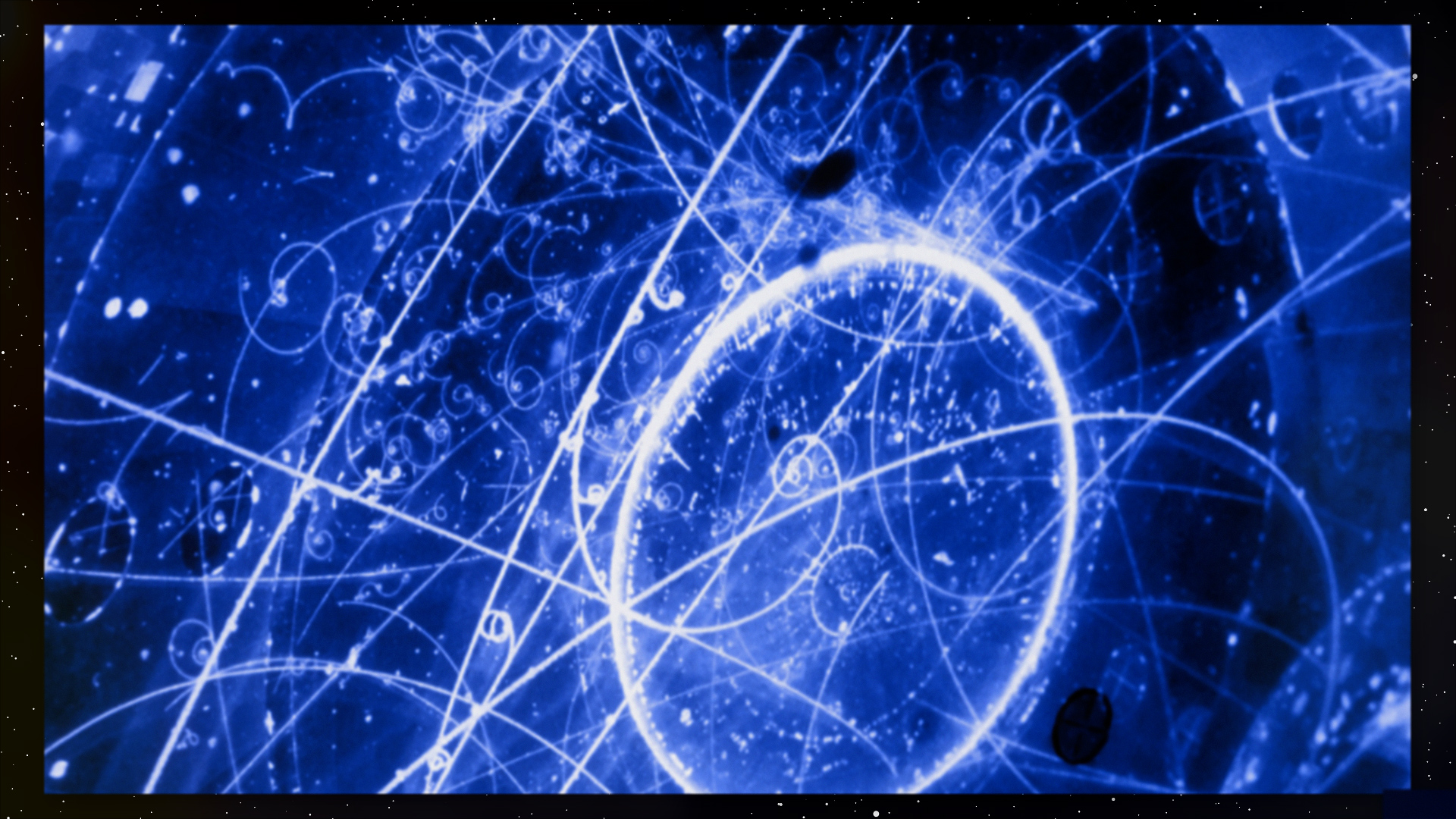
International scientists, including an Australian, say they’ve found evidence of the highest-energy neutrino detected to date. The result suggests the particle came from beyond our Milky Way, they say, although its precise origin remains mysterious.
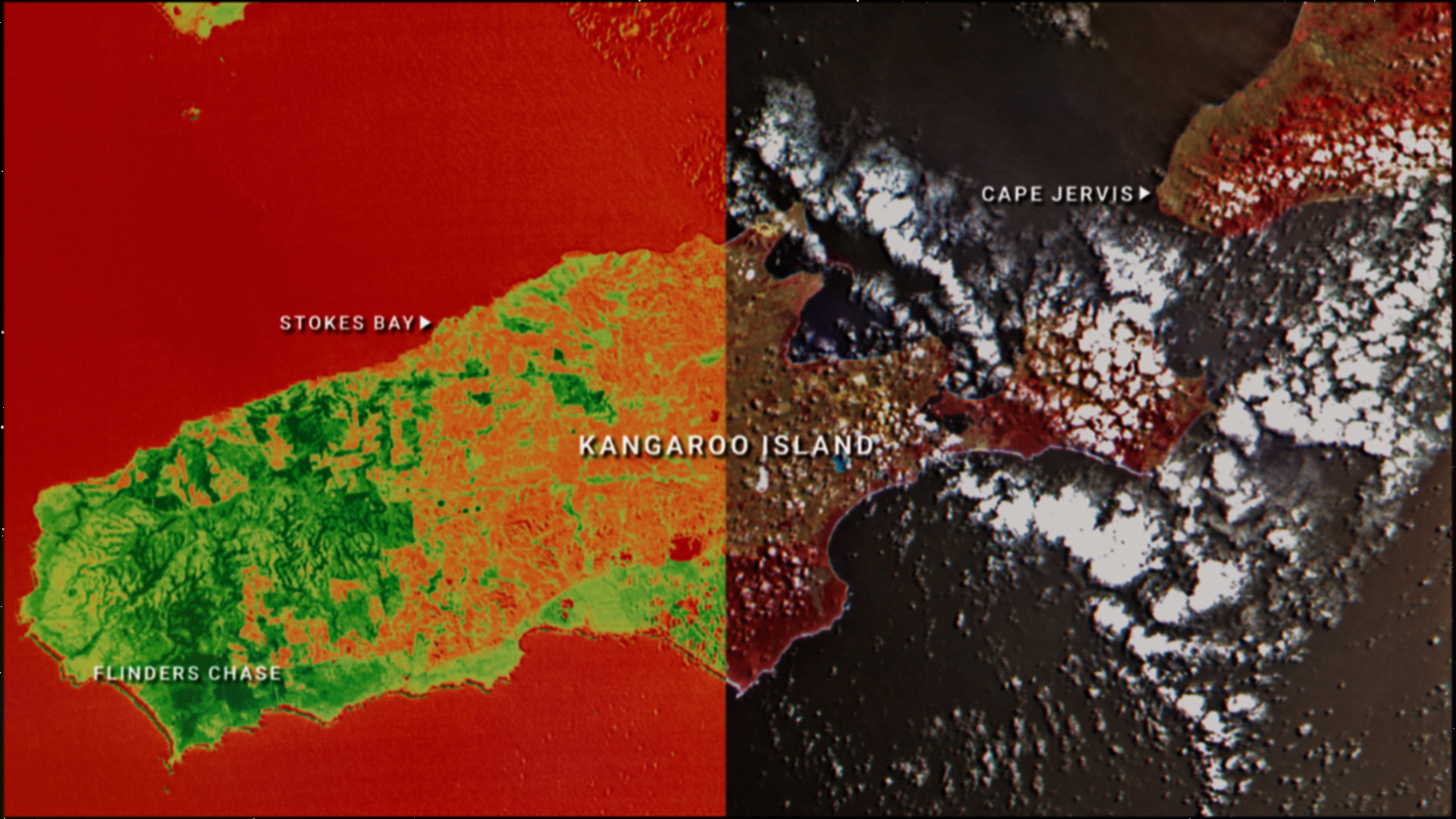
Australia’s first state government funded satellite, Kanyini, has delivered its first images from space, marking a significant milestone for the space mission.
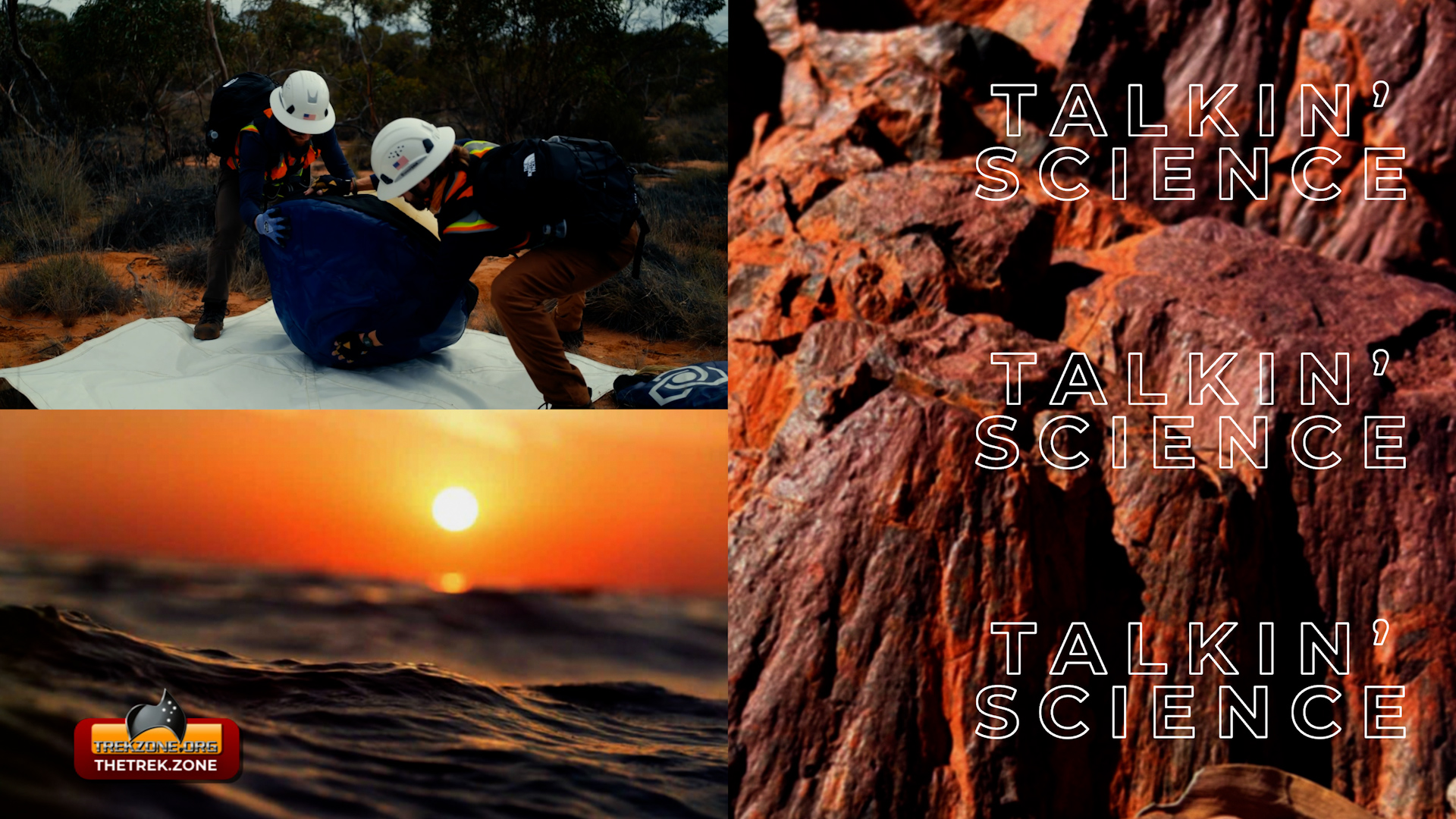
It’s the end of the second week of March 2025. After cyclone Alfred blew past the Trekzone Studio… Here’s the science and space headlines we tracked… Varda’s W-2 returns to
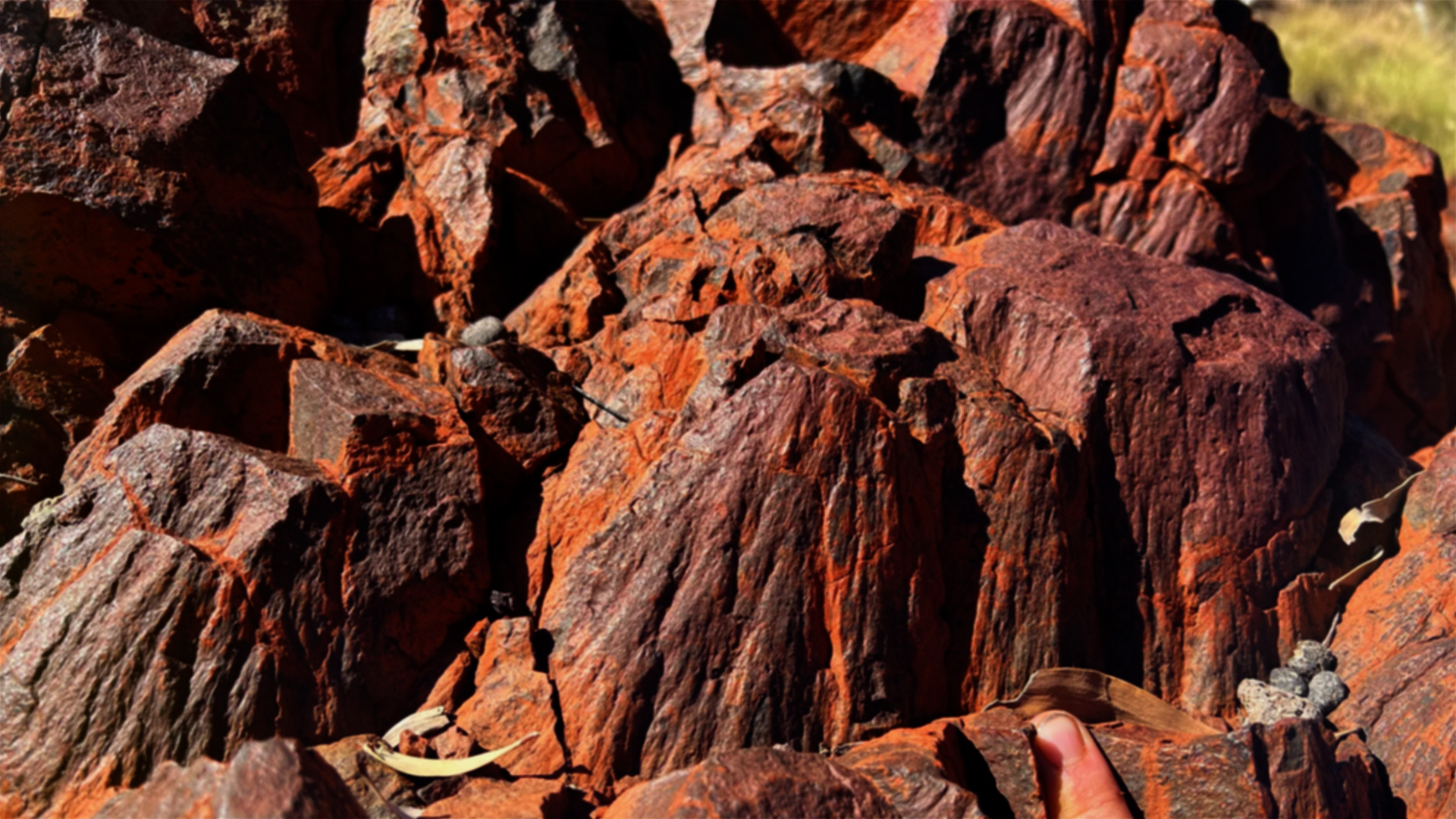
Curtin University researchers have discovered the world’s oldest known meteorite impact crater, which could significantly redefine our understanding of the origins of life and how our planet was shaped.
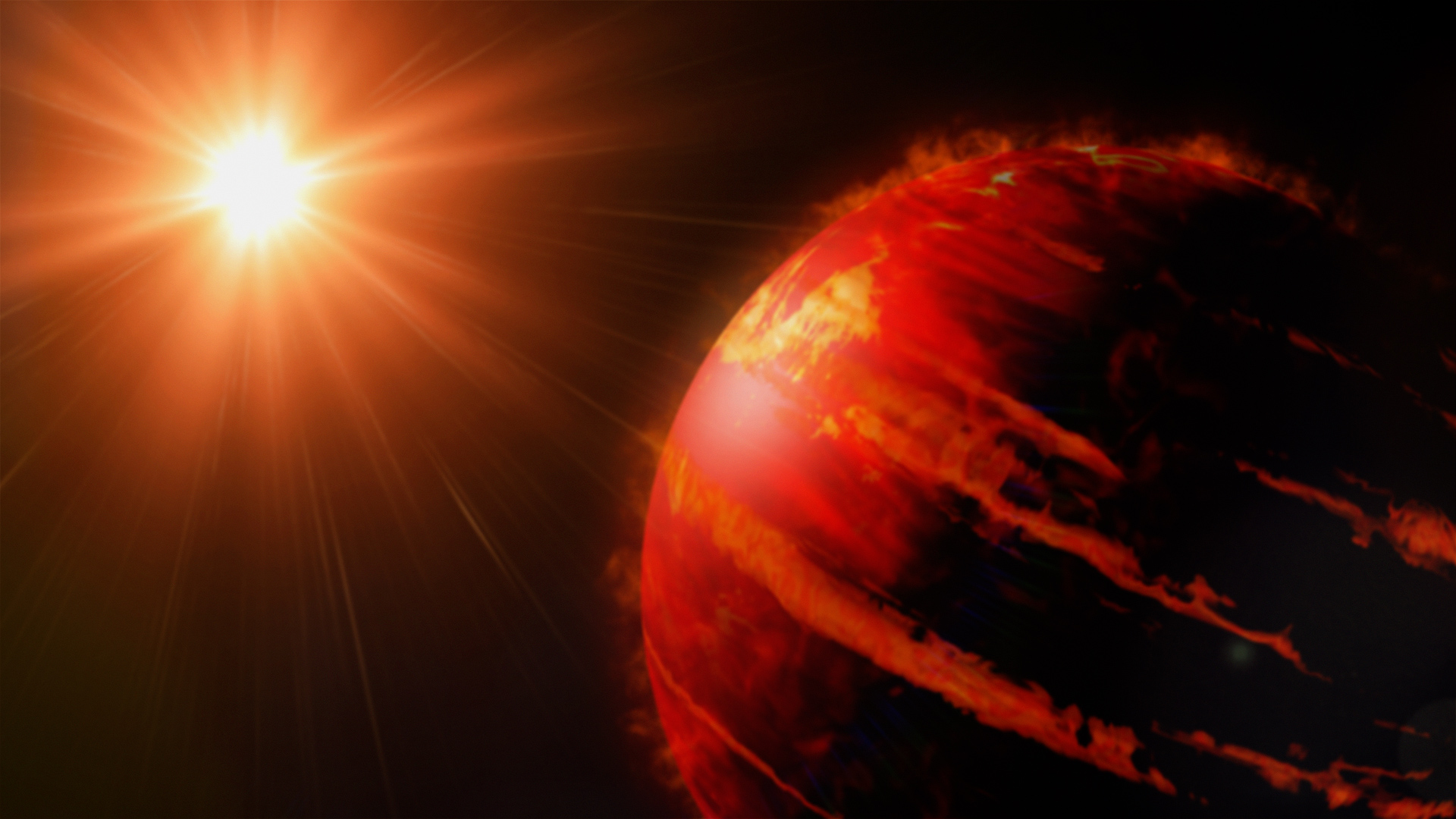
The discovery of new exoplanets can help scientists understand how planets form and evolve.

International researchers suggest that water might have formed a mere 100-200 million years after the Big Bang, far earlier than previously thought, and it might have been a key part of the formation of our universe’s first galaxies.
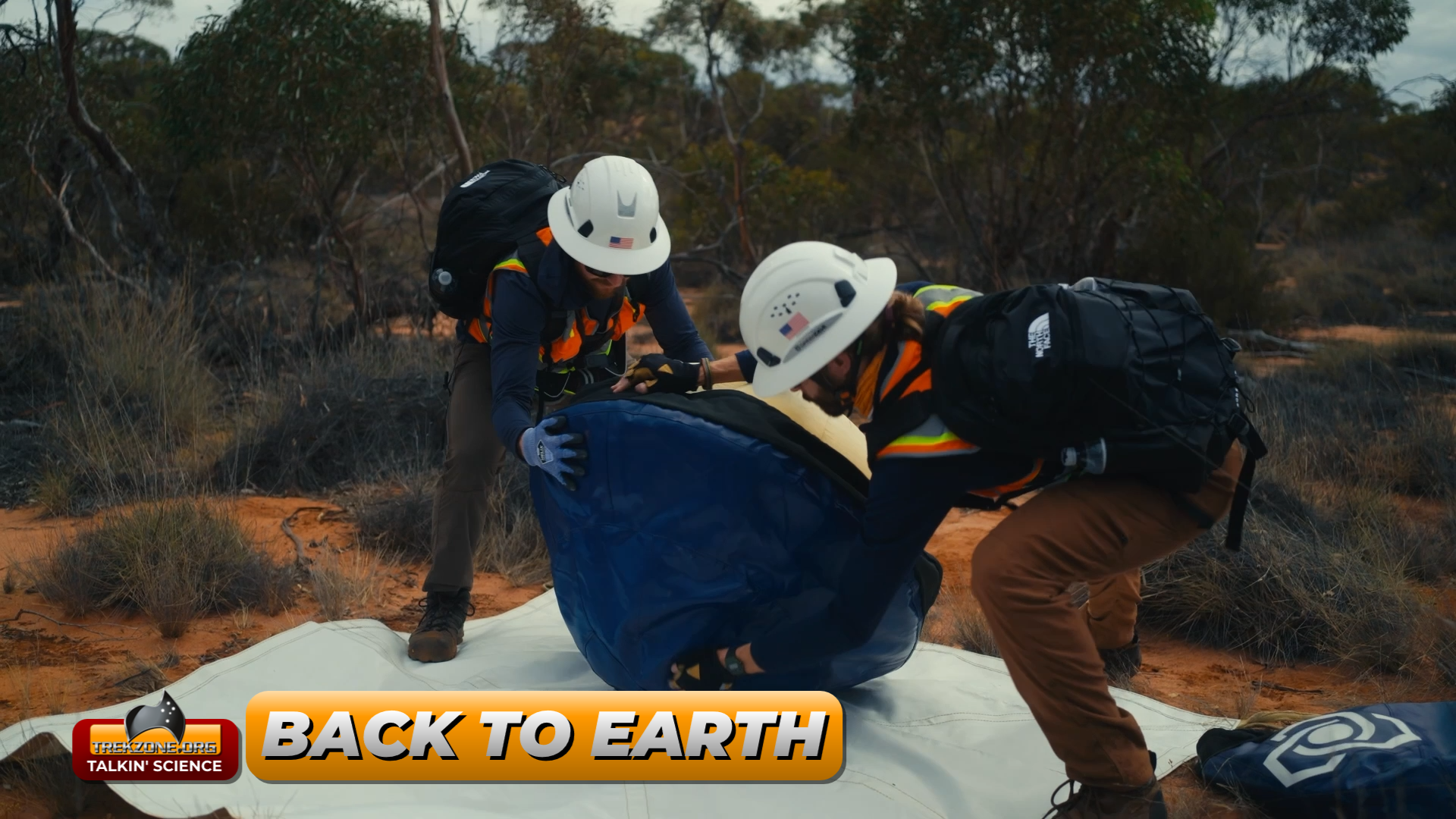
The Varda Space Industries W-2 capsule safely returned to Earth at Southern Launch’s Koonibba Test Range at the end of February. I spoke with Varda before it’s return, now Amy

An accomplished international photographer, Charles Brooks, has captured dazzling new images of one component of the main ring at the Australian Synchrotron and provided an inside view of the electron’s path when it is used. A synchrotron engineer converted radio waves produced in the vacuum chamber into sound files.
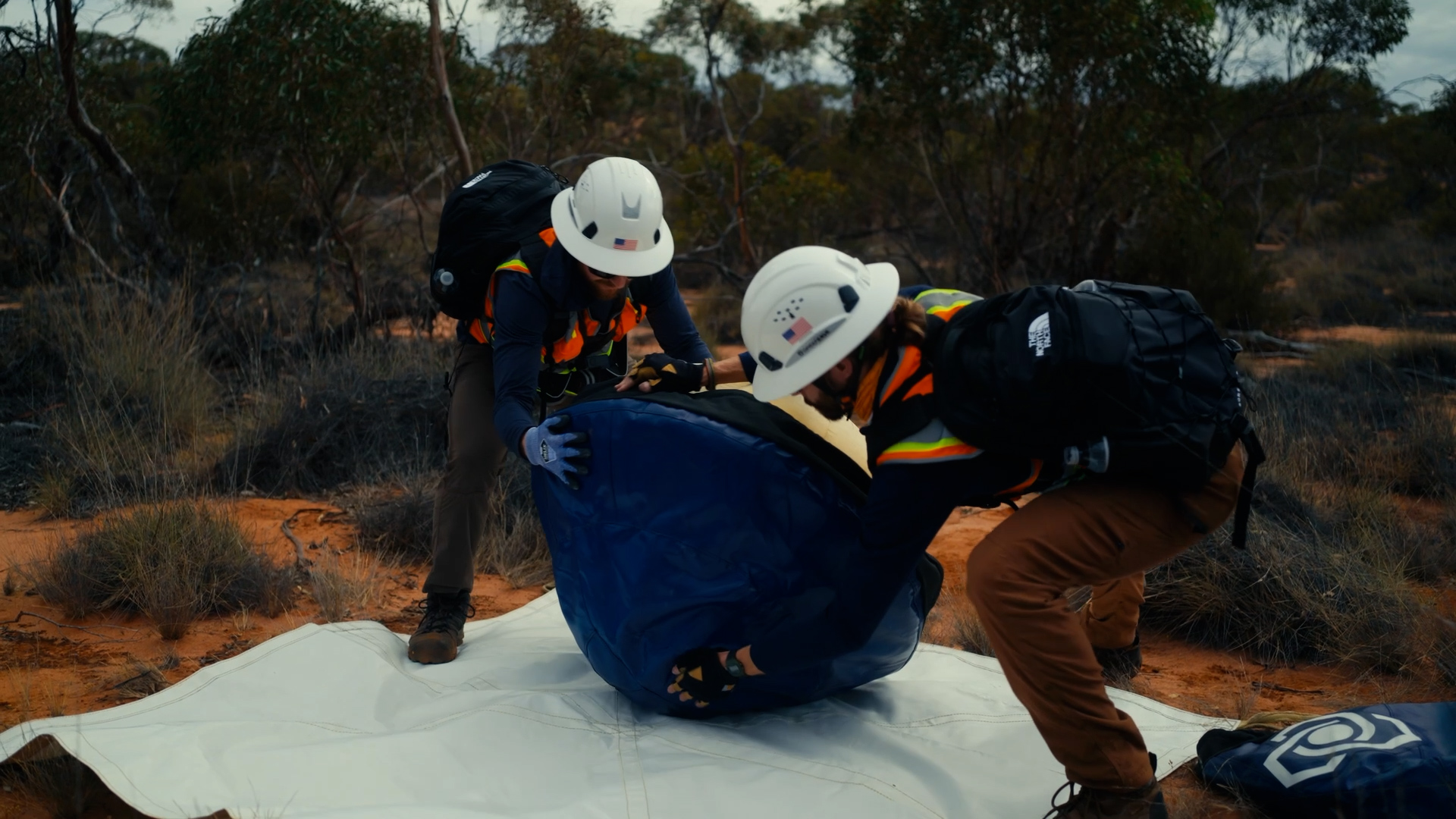
The Varda Space Industries W-2 capsule safely returned to Earth at Southern Launch’s Koonibba Test Range completing a dual-purpose mission with payloads from the United States Air Force and NASA at the end of February.
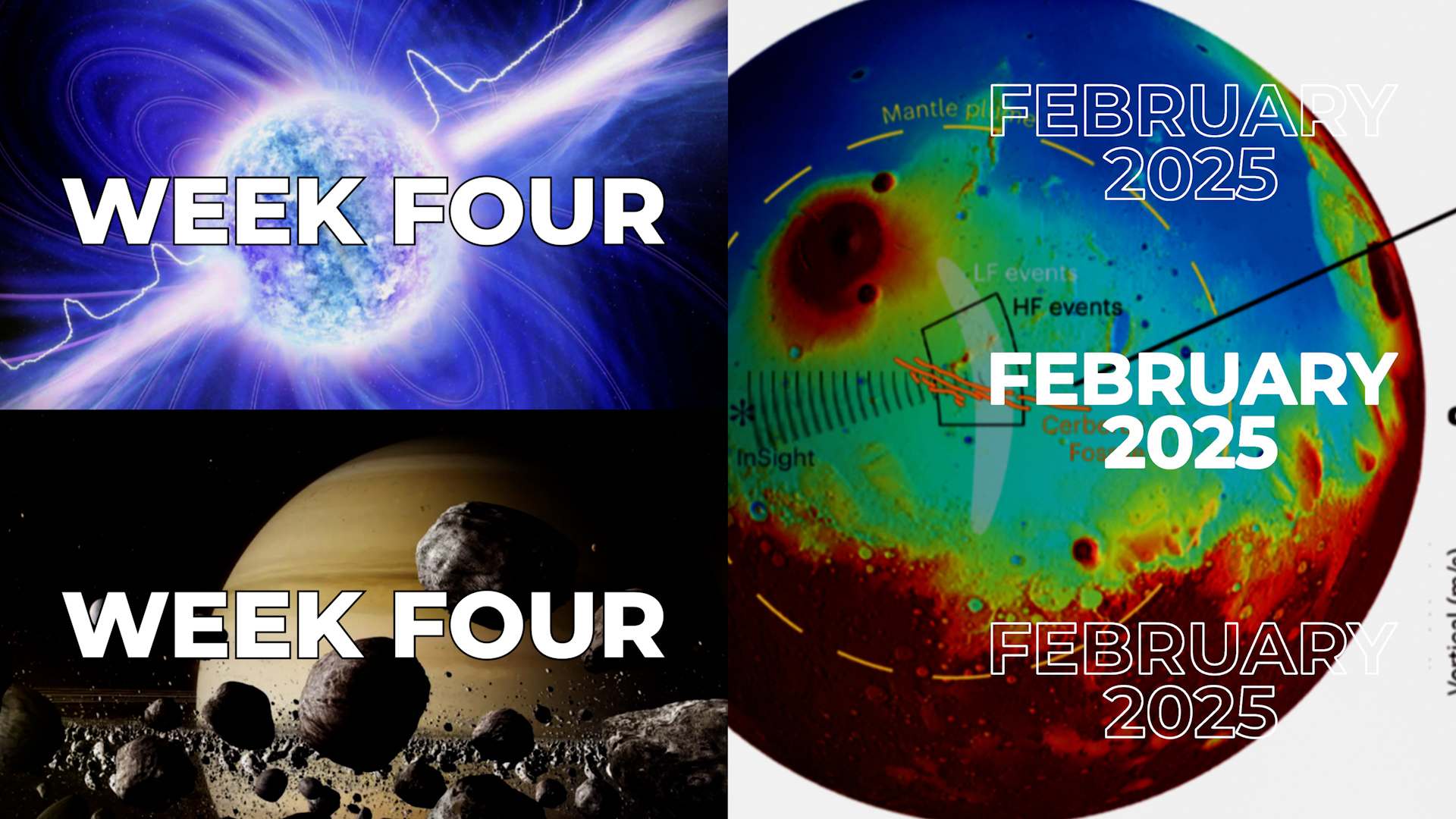
New Marsquake data could help solve one of the solar system’s biggest mysteries, Saturn’s rings might be deceptively old – based on what we thought we knew, and the slowest
61 days to go until The 2025 Trekzone Fan Film Awards are here, and we

It’s the end of the third week of March 2025. Here’s the science and space

Astronauts often experience immune dysfunction, skin rashes, and other inflammatory conditions while travelling in space, and international researchers believe these issues are likely due to the overly sterile nature of the International Space Station.

Australia’s first state government funded satellite, Kanyini, has delivered its first images from space, marking

Data from NASA’s InSight mission suggest Mars has a liquid core similar to Earth’s, but European scientists say the core may be solid, at least below a certain temperature.

Scientists have successfully used lasers to identify microbe fossils in rocks from Earth, which are like the rocks found on Mars, opening up the possibility of searching for fossils on the Red Planet.

We’re bold, innovative and ambitious digital media creators,
consumers and producers.
We are Trekzone Media.
This is TREKZONE.org.
61 days to go until The 2025 Trekzone Fan Film Awards are here, and we have reached an important milestone plus more news and thoughts.

It’s the end of the third week of March 2025. Here’s the science and space headlines from the week that was… Kanyini phones home, shows

Astronauts often experience immune dysfunction, skin rashes, and other inflammatory conditions while travelling in space, and international researchers believe these issues are likely due to the overly sterile nature of the International Space Station.

Australia’s first state government funded satellite, Kanyini, has delivered its first images from space, marking a significant milestone for the space mission. Mission Director Peter

Data from NASA’s InSight mission suggest Mars has a liquid core similar to Earth’s, but European scientists say the core may be solid, at least below a certain temperature.

Scientists have successfully used lasers to identify microbe fossils in rocks from Earth, which are like the rocks found on Mars, opening up the possibility of searching for fossils on the Red Planet.
© Trekzone Media MMXXV. All Rights Reserved.
The views and opinions expressed by guests on our podcasts are their own and do not necessarily reflect those of Trekzone Media or its employees.